Hindalco Industries Ltd.
Wildlife haven at Kathautia Coal Mines, Jharkhand
With 50 native species of birds, 5 species of migratory birds, 19 species of butterflies and even a family of jackals, the water bodies and spaces around Kathautia coal mines in Jharkhand are a delightful ecosystem.
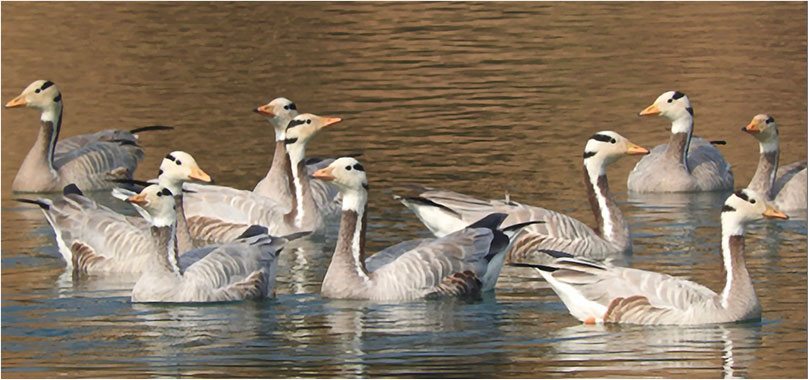
Our guests in Pit D: The bar headed geese
Native to central Asia, the bar headed geese are one of the highest flying birds in the world and chart their journey over the mighty Himalayas to nest here during the winters.
During the day, these birds rest in the undisturbed waters of our Pit D, a 40-feet deep pond which other birds find difficult to access because of its depth. At night, they set out to forage in the nearby fields which offer them plenty to eat and thrive.
All dumping activity in pit-D is stopped from November to March when the Bar-headed Geese arrive to nest. This no-activity period creates an undisturbed roosting site for these migratory birds.
Spot the jackal!
The long dense grass, shrubs and ravines around the coal mines are a perfect home for jackals and the mongooses. They are easily spotted around the coal mines early in the morning and around dusk. Workers in the mines have also spotted two species of Nilgai and hyenas around the mines, but alas, they proved to be too camera shy for us to capture.
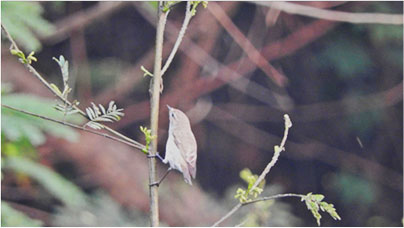
Chiffchaff at home
Native to Europe and the Middle East, the Common Chiffchaff loves to spend the winters in Jharkhand. The deciduous lowlands and woodlands make a perfect home for this little bird. It nests in the reed beds and spends its time foraging for food.
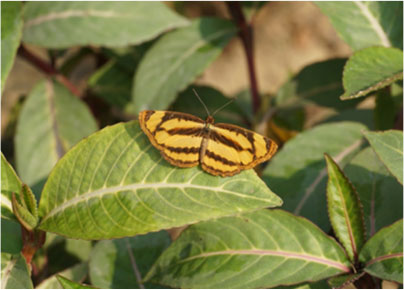
The Lascar comes to work
The mines are blessed with over 18 species of butterflies. But the most easily spotted is the Common Lascar which feeds on acacia plants and is often found basking in the sun in front of our site office. The presence of a variety of host plants, shrubs and trees create a nurturing habitat for a wide range of flower, grass and fruit dependent butterflies.
Lesser-whistling Duck, Black-crowned Night Heron, Kingfishers, Little Grebes and more
These birds happily nest in Narayan Ahara, a shallow waterbody near the mines. The depth of the pond makes it easy for smaller birds such as kingfishers, little grebes and herons to access the vegetation growing in the waterbody, making it an ideal habitat for these native birds, and a magnet for birdwatchers.
Narayan Ahara is a preferred watering hole for many animals as well. We have taken conscious steps to leave the pond untouched and undisturbed, and we also plan to expand the catchment area.
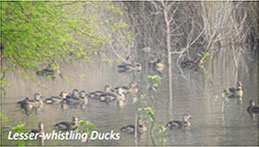
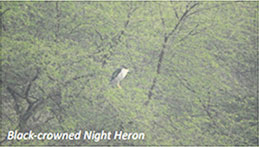
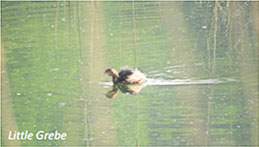
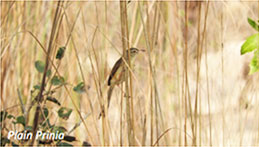
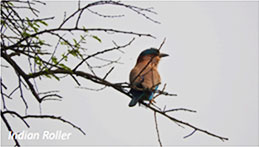
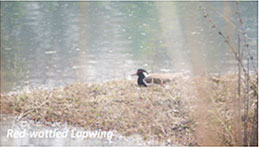
We also work to sensitise local stakeholders and employees through birding and wildlife observation camps. Regular biodiversity tracking with seasonal surveys and observations, guide our biodiversity conservation initiatives and restoration targets.
Meet the swans of Muri Works, Jharkhand
The staff residential colony at Muri Works, Jharkhand is home to 15 white swans and 8 ducks which live in the local pond. A shelter has been built for their safety.
The colony also hosts different species of fruit and flowering trees such as mango, amla, litchi, jackfruit, jamun, guava, neem, shisam, saal, pipal, kadam, kamini, ashok, karanja, kari, harra, kathber, palas, bans, bel, chiretta, keonjihi and mahua to name a few. Some of these trees were specifically planted to sink pollutants like particulate emission, sulphur dioxide and carbon dioxide.
Lively lizards of Aditya Aluminium, Sambalpur, Odisha
This site in Odisha is home to different reptiles and a wide range of butterflies in addition to native species of fruit and flowering plants.
Fan-throated lizards and Oriental garden lizards
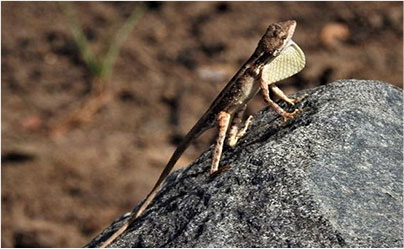
The dry shrublands around Aditya Aluminium provide a nurturing habitat for Sitana ponticeriana. These lizards are known for a fan-like appendage on their throats and are only found in the Indian subcontinent.
The oriental garden lizard, also known as the Indian garden lizard, is known for attaining an orange hue during its breeding season. Commonly found in gardens, the lizard preys mainly on crickets, grasshoppers, butterflies and other insects.
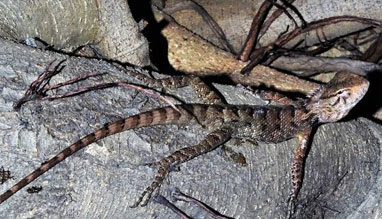
A rainbow of butterflies
The Boronet, Common Jezebel, Grey Pansy, Lime butterfly and the plain Tiger butterflies are easily spotted fluttering around the site. Colourful flower, foliate and bracts shrubs such as Bougainvillea, Hibiscus, Ixora, Aralia and Tecoma are grown in the in-house nursery to aid our butterfly conservation efforts.
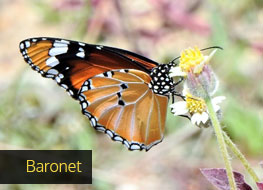
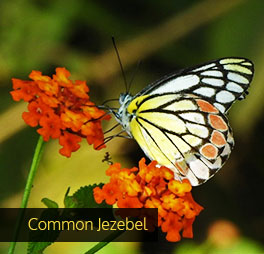
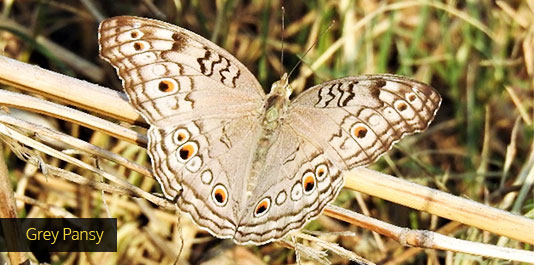
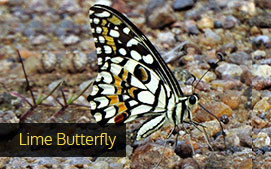
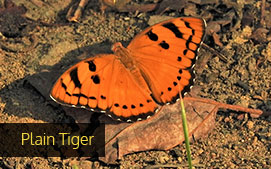
Aditya Aluminium works with the International Union for Conservation of Nature (IUCN) to guide and design conservation efforts. We cultivate and preserve endangered species like Dalbergia latifolia in our own nursery. We have created 25 earthen bird nests and stone heaps of 5m diameters in the township under the reptile conservation programme.
New life at Bagru Bauxite Mines, Jharkhand
We have created a sustainable Bio-Park at Lohardaga in Jharkhand to cover 5.5 hectares of mined-out land. The gardens are an ecosystem of flowering, fruit and medicinal plants such as Amla, Gular, Jamun, Khair, Jai, Sita Ashok, Mango, Neem, etc. that attract butterflies and birds. Along with a bamboo pavilion, the bio park hosts a nakshatra garden (Astral Garden), butterfly garden, rock garden, rose garden and a Panchawati and medicinal plant garden.
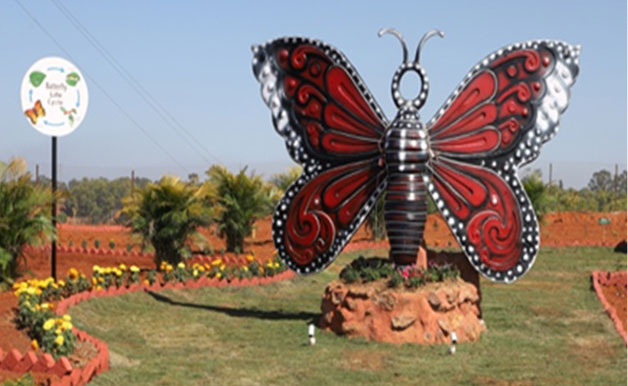
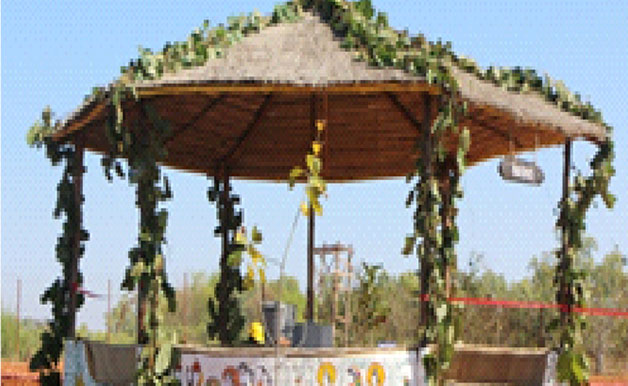
Birla carbon
The green carpet at Birla Carbon, Patalganga
Birla Carbon's Patalganga unit is located on a total area of 65 acres, out of which 25 acres have been actively used to create a lavish green carpet of over 4,000 trees of different local and indigenous species.
Ultratech Cement Ltd.
The exuberant ecosystem of UltraTech's units
UltraTech's biodiversity conservation efforts first began at Sewagram in 2017 when they started biodiversity mapping together with the IUCN. Today, the unit is blessed with diverse and abundant flora and fauna that make it a nature lover's dream destination for birding and trail walks.
Along with Sewagram Cement Works, many of UltraTech's other units (Rajashree Cement Works, Balaji Cement Works, Aditya Cement Works, Kotputli Cement Works, Vikram Cement Works, Andhra Pradesh Cement Works and Reddipalayam Cement Works) have been assessed and have drawn up biodiversity management plans. Here's the result!
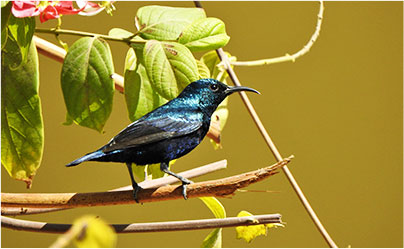
Say hello to the song birds!
The Purple Sunbirds are small iridescent perching birds that are often found sucking nectar, hopping from one flower to the other, in the lush green gardens at Aditya Cement Works in Chittorgarh, Rajasthan. Multiple nest boxes have been installed around the site to create cosy nesting holes for these birds.
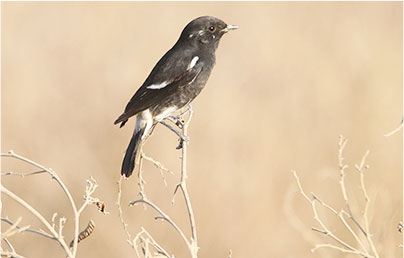
Another song bird, the Pied Bushcat is among the most easily spotted birds at Kotputli Cement Works in Jaipur, Rajasthan.The thorny bushes and shrubs around the site create a perfect habitat for these little birds that prey on insects and critters. On site, mud-lined bird baths provide the birds with ample water during the summers and keep the water clean with minimal algal growth.
The Common Keeled Skink
Also known as the Golden Skink, this radiant little reptile is native to the Indian Subcontinent. It is found perched on the rocks, basking in the sun across Rajashree Cement Works in Gulbarga, Karnataka. Wildlife monitoring was carried out to understand the movement of the skink and a watering hole was created to supply clean drinking water to the faunal species.
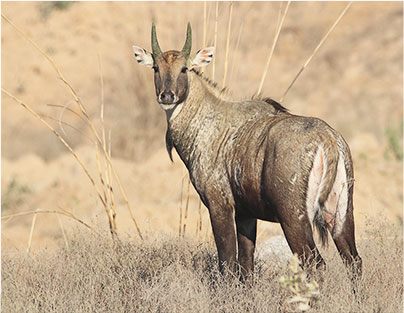
The Majestic Nilgai
This is one animal we are in awe of! One of the largest Asian Antelopes, the Nilgai is spotted in the scrub forests around Kotputli Cement Works in Jaipur, Rajasthan. A herbivore, the Nilgai is often found foraging in the bushes and small plants around the plant. Nilgai is protected under the Wildlife Protection Act, because of which utmost care is taken to keep its habitat undisturbed.
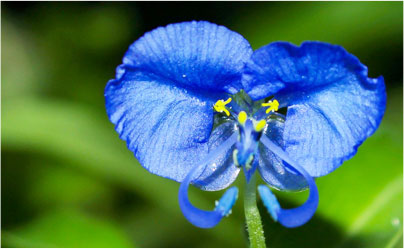
The Benghal Day flower
These medicinal plants with bright blue flowers are abundant around Rajashree Cement Works in Gulbarga, Karnataka. It is native to Asia and Africa and is found across states in India where they bloom across the year.
Conservation of the ecosystem is important to us at the Aditya Birla Group. We take conscious efforts to preserve biodiversity around our plants and create a safe haven for our cohabitants. If you are a nature lover too, please do share this page with other nature lovers.

